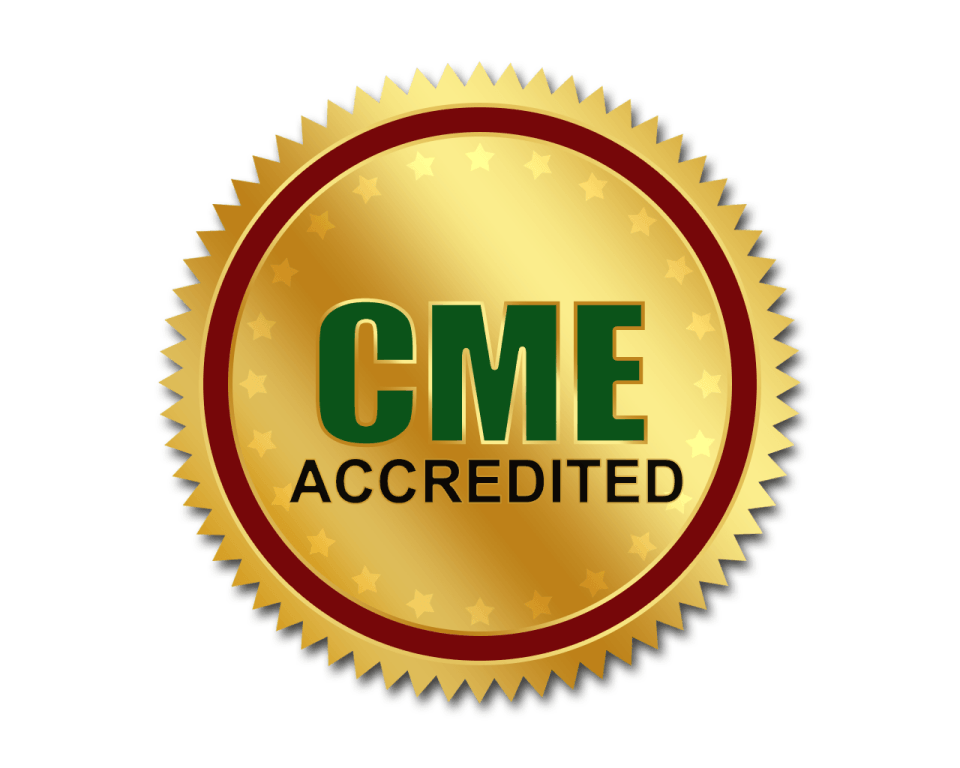
Mahmoud Fahmi Elsebai
Mansoura University, Egypt
Title: Potent and broad spectrum medicinal drugs against all genotypes of hepatitis C virus (HCV)
Biography
Biography: Mahmoud Fahmi Elsebai
Abstract
As many as 200 million people worldwide are infected with hepatitis C virus (HCV). About 3-4 million people are infected per year and more than 350,000 people die yearly from hepatitis C-related diseases. In the present study, the water extract of the leaves of the wild Egyptian artichoke (WEA) showed improvement of HCV infection symptoms. Therefore, our study was divided into two main strategies: The clinical investigation of WEA extract on some infected Egyptian patients. The results showed outstanding activity against HCV and its complications such as ascites and jaundice by measuring the PCR and liver functions such as ALT and AST. The phytochemistry of the WEA extract and its subsequent evaluation of inhibition capacity in vitro using cell-culture derived HCV: The chemical investigation of the WEA extract resulted in the identification of six compounds. Importantly, all compounds inhibited HCV infection; compounds cynaropicrin and grosheimol were the most potent among the six. The EC50 were estimated at 1.03 μM, 1.27 μM and 299 μM for compounds 1, 2 and WEA extract, respectively, by using a luciferase-carrying reporter virus. Time-of-addition experiments revealed that they inhibit HCV virus at a time-point during entry. Furthermore, compounds 1 and 2, apart from cell-free infection inhibited HCV cell-cell transmission. Finally, the results showed that compounds 1 and 2 inhibited HCV particles from genotypes 1a, 1b, 2b, 3a, 4a, 5a, 6a and 7a indicating that these compounds inhibit HCV cell entry independently of viral genotype or subtype. Thus, these compounds are promising candidates for the development of new pangenotypic entry inhibitors for the HCV infection. All of these results were applied for patenting.

